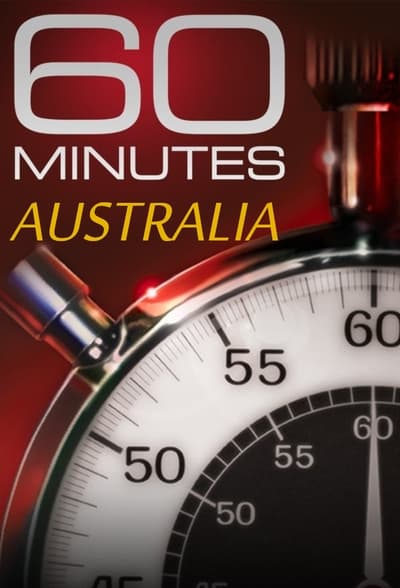60 Minutes Australia
tv show

314 total episodes
-
13 seasons
First Aired February 11, 1979
Genres:
Overview
60 Minutes, an Australian version of the U.S. television newsmagazine 60 Minutes, airs on Sunday nights on the Nine Network and is presented in much the same way as the American program on which it is based. The New Zealand version of the show has also featured segments of the Australian version. Gerald Stone, the founding executive producer, was given the job by Kerry Packer and was told: "I don't give a f... what it takes. Just do it and get it right." After the first episode was broadcast on 11 February 1979, Packer was less than impressed, telling Stone: "You've blown it, son. You better fix it fast." Over the years, Stone's award winning 60 Minutes revolutionised Australian current affairs reporting and enhanced the careers of Ray Martin, Ian Leslie, George Negus, and later Jana Wendt. Since it was first broadcast, 60 Minutes has won five Silver Logies, one Special Achievement Logie, and received nominations for a further six Logie awards.
2013-06-09
Season 2013 - Episode 18 - 0h 0m
Air Date
June 09, 2013
Overview
Invisible Threat Rag Trade Inside Scientology Tahlia's Story Invisible Threat It was brazen and brutal. When a British soldier was run down by a car in London and then hacked to death with meat cleavers, it signalled the beginning of a new and frightening form of terrorism. Two British born, Muslim men at the scene, hands bloodied and still carrying their weapons waited patiently for police to arrive - all the while spreading their message of hate to stunned onlookers. It raises the frightening question - how do you counter terrorism by young radicalised men, willing to act as individuals with no threat or warning? Reporter: Liz Hayes Producer: Stephen Rice Rag Trade This is a story our major retailers would prefer you didn't see. 60 Minutes has just been inside the third world factories where thousands of workers are making the cut-price clothes that we wear every day. Getting our cameras into the country, and then into the factories, was not easy.